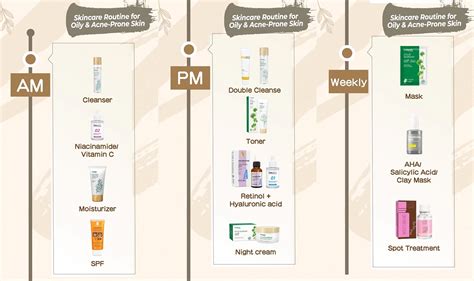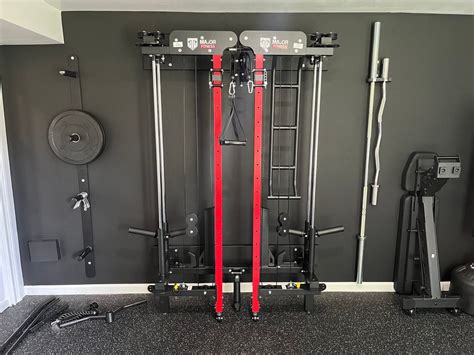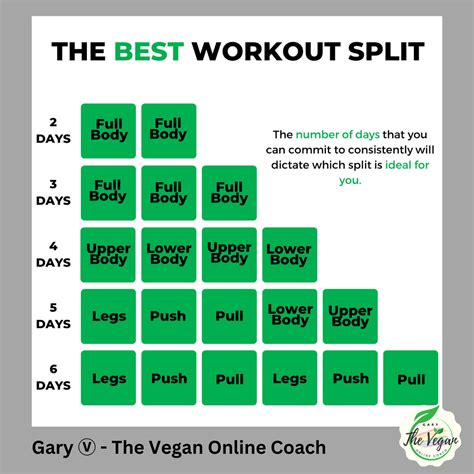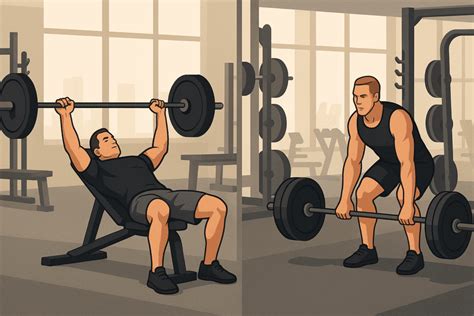How to maximize strength & performance in limited gym time?

Making Every Minute Count: Maximizing Gains in Limited Gym Time
In today’s fast-paced world, finding ample time for the gym can feel like an Olympic feat itself. Yet, a packed schedule doesn’t mean sacrificing your strength and performance goals. With a smart approach, you can transform your limited gym time into highly effective sessions that yield significant results. The key lies in strategic planning, intense execution, and an unwavering focus on efficiency.
The Core Principle: Efficiency is King
When time is scarce, quality triumphs over quantity. Every exercise, every set, and every minute must be purposeful. This means cutting out unnecessary distractions and focusing on movements that provide the biggest bang for your buck.
Prioritize Compound Movements
Compound exercises are the cornerstone of any effective strength program, especially when time is tight. These multi-joint movements (like squats, deadlifts, bench presses, overhead presses, and rows) engage several muscle groups simultaneously, leading to greater strength gains, increased caloric expenditure, and improved overall athletic performance in less time than isolation exercises.

By focusing on 3-5 compound exercises per session, you can stimulate a significant amount of muscle mass and nervous system response, driving strength and muscle growth efficiently.
Embrace Progressive Overload Relentlessly
Progressive overload is the fundamental principle for continuous strength and performance improvement. It means consistently challenging your muscles by gradually increasing the demands placed upon them. In a time-crunched scenario, this could mean:
- Increasing the weight lifted
- Performing more repetitions with the same weight
- Executing more sets
- Reducing rest times between sets (while maintaining form)
- Improving exercise technique for better muscle engagement
Without progressive overload, your body has no reason to adapt and grow stronger.
Optimize Your Workout Structure
How you structure your workout can dramatically impact its effectiveness when time is limited.
High-Intensity Training Techniques
To pack more work into less time, incorporate high-intensity techniques. These methods elevate your heart rate and increase the metabolic demand, leading to greater adaptations.
- Supersets: Performing two exercises back-to-back with minimal rest in between (e.g., bench press immediately followed by bent-over rows). This can target opposing muscle groups or different movements for the same muscle group.
- Drop Sets: After reaching failure with a certain weight, immediately drop the weight and continue for more reps until failure again.
- Rest-Pause Training: Perform a set to near failure, rest briefly (10-20 seconds), then perform a few more reps.

These techniques allow you to get more work done and create a powerful stimulus for growth and strength in a compressed timeframe.
Smart Warm-ups and Cool-downs
Don’t skip your warm-up, but make it efficient. Focus on dynamic movements that prepare your body for the specific exercises you’re about to perform. A 5-10 minute dynamic warm-up (e.g., leg swings, arm circles, bodyweight squats) is usually sufficient. Similarly, a short 5-minute cool-down with static stretches focusing on the worked muscles can aid recovery without eating too much into your precious time.
Focus and Consistency are Non-Negotiable
Being present and consistent are paramount for achieving your goals.
Minimize Distractions
When you have limited time, every second counts. Put your phone away, avoid unnecessary chatter, and maintain focus on your workout. This dedicated approach ensures you maximize your time under tension and maintain proper form, reducing the risk of injury.

Track Your Progress
Keeping a workout log or using a fitness app is crucial for progressive overload. It allows you to see what you did last session and plan how to improve this session. This accountability ensures you’re consistently pushing your limits and making tangible progress.
Listen to Your Body and Recover Smart
Even with limited gym time, recovery remains vital. Prioritize adequate sleep and maintain a nutritious diet to support your body’s recovery and adaptation processes. Pushing hard in the gym without proper recovery will only hinder your performance and increase the risk of overtraining or injury.

Sample Efficient Workout Structure
Here’s a template for a highly efficient 45-60 minute gym session:
- Warm-up (5-10 minutes): Dynamic stretches, light cardio.
- Main Lifts (30-40 minutes):
- Choose 2-3 primary compound exercises (e.g., Squat, Bench Press, Deadlift).
- Perform 3-4 sets of 4-8 reps for strength, or 8-12 reps for hypertrophy.
- Use appropriate rest (60-90 seconds for hypertrophy, 2-3 minutes for strength).
- Accessory Work (10-15 minutes):
- Choose 1-2 secondary compound or isolation exercises (e.g., Overhead Press, Pull-ups, Rows, Lunges).
- Perform 2-3 sets, potentially using supersets or drop sets to save time.
- Cool-down (5 minutes): Light stretching of major muscle groups.
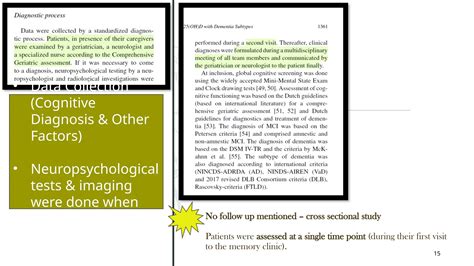
Conclusion
Limited gym time is a challenge, not an insurmountable barrier. By prioritizing compound movements, embracing progressive overload, utilizing high-intensity techniques, and maintaining sharp focus, you can still make significant strides in strength and performance. Remember, consistency and intelligent effort always trump endless hours aimlessly spent in the gym. Make every second count, and watch your strength and performance soar.





